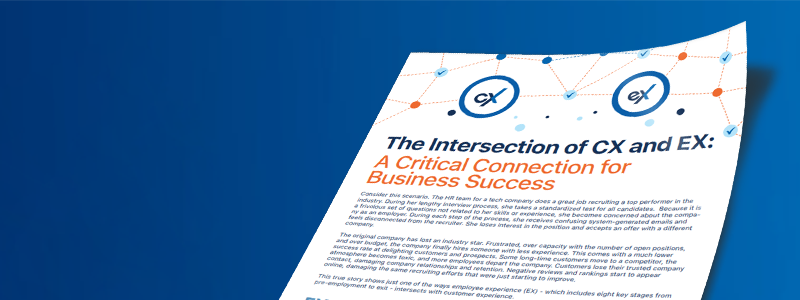Consider this scenario. A candidate considered one of the top people in her field interviews with the head of HR at a tech company she admires. She then takes a standardized test for all candidates. Because it is a frivolous set of questions not related to her skills or experience, she becomes concerned about the company as an employer. But she follows through with an interview with the hiring manager, it goes well, and the CEO asks for a conversation. Imagine her shock when the CEO asks her to explain why she told the head of HR that she had behavioral issues. The candidate had no such discussion with the head of HR. She loses interest in the position and accepts an offer with a different company.
The original company has now lost an industry star. It hires someone with less experience and a much lower success rate at delighting customers and prospects. Some long-time customers move to a competitor. The atmosphere at the company becomes more toxic, and most employees leave after a few months. This affects customers who feel they no longer have a relationship with the company because someone they liked is gone. Negative rankings and comments on product review websites increase significantly.
This true story shows just one of the ways employee experience (EX)—which includes everything from the hiring process to employment to exit—intersects with customer experience (CX).
Where EX and CX meet
There are many other examples of how EX and CX connect to each other—and of the power of EX in attaining highly rated CX. In fact, 85% of companies that responded to an IDC survey conducted in 2020 stated that an improved employee experience and higher employee engagement translate to a better CX, higher customer satisfaction, and higher revenues for their organization.
EX plays a role in how the world sees your company, your brand, and your products. People notice employee enthusiasm on social media and review sites, which contributes to a positive attitude toward your company. This can help your company in many aspects, from recruiting new employees, to selling, to creating loyal customers who buy continuously and often.
Conversely, unhappy employees and former employees often take to social media to express their dissatisfaction or leave poor reviews on sites like Glassdoor, indeed.com, and Vault. They can use LinkedIn to show that they are seeking new opportunities. This kind of activity can plant seeds of doubt in your customers who might begin questioning how much you care about them if you don’t seem to care about who works for you.
Why a causal relationship doesn’t mean taking a similar approach to CX and EX
In the 2020 IDC study mentioned earlier, 62% of respondents said that there is a defined causal relationship between EX and CX. As a result, there is a temptation to implement EX programs that are similar to CX programs. If that’s your line of thinking, try to resist it. There are significant differences between CX and EX that require a different approach.
The relationships between your company and your employees are much richer and more complex than those with your customers. And, the challenges are not the same. Employees often battle entrenched leadership biases and poor behaviors, which require significant and intense efforts to overcome.
CX programs seek customer loyalty, increased purchasing, and product recommendations. EX programs should encourage employees to bring their best selves to work every day and focus on getting things done to the best of their ability. In addition, the relationships are not the same. For customers, they are occasional. For employees, the relationships can be up to 8 hours a day, 5 days a week—and, in certain industries, even more.
In many cases, the loss of the willingness of employees to give their all can come at a great cost than losing a customer, especially if an employee leaves. The estimated costs of replacing an employee in 2021 are $1,500 for hourly employees and 100 to 150% of an employee’s salary for technical and mid-level positions.
Because the differences between CX and EX are greater than their similarities, a robust and different methodology for measuring—and adjusting—employee engagement and employee experience regularly is a requirement for any program for improving EX. This methodology should be in addition to any ongoing CX programs that your business may have implemented.
What a robust EX program looks like
If you are aiming for a robust EX program, here are some elements to consider including.
Employee activity tracking
There are several tools that track employee activity to help you understand behavior patterns and sentiment. They gather EX data using features, sensors, and emotion detection built into the tools, devices, and badges that employees use regularly. When analyzed, the data, patterns, and sentiment provide powerful insights that enable you to identify opportunities to improve EX. such as recognizing when employees have too many meetings each day.
Frequent employee engagement surveys
You can use these surveys to explore areas where you don’t have data. If you have an annual employee engagement survey, it is a good place to start. But you should go deeper, because some commonly used engagement surveys only ask employees a single question. Your more frequent surveys should include additional questions that take the pulse of your employees on topics such as workload, managers, work-life balance, and more.
Proactive interviews
Talking to your employees can bring the data from your surveys and tracking tools to life. For example, if your data shows that employees believe your management doesn’t practice the values it preaches or they feel that resolving customer challenges quickly is blocked by legal, you can set up some discussion time with them. With that insight, you will be able to provide better solutions because you have a better understanding about the problem.
Mapping exercises and whiteboarding
Systemic failures that impact EX and increase employee attrition are not always identified by surveys, interviews, or tracking. You can use journey mapping or white board exercises with employees to get to the bottom of low satisfaction and high turnover if other measures have not resolved the issues. Sometimes what you see as a simple change in policy or new activities designed improve your bottom line will turn out to be a burden on employees, causing burnout, complaints, and resignations.
Ready to drive great CX through great EX?
At experience.com, we believe that the road to amazing, profitable CX runs through EX. To learn more, visit experience.com
Download PDF










